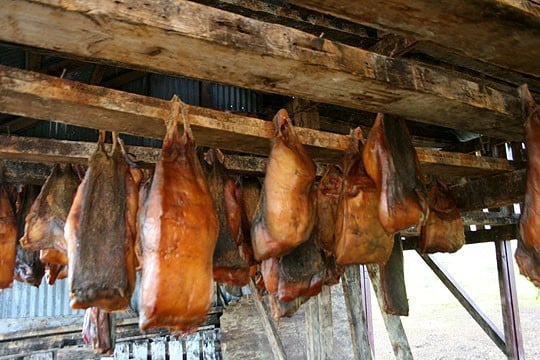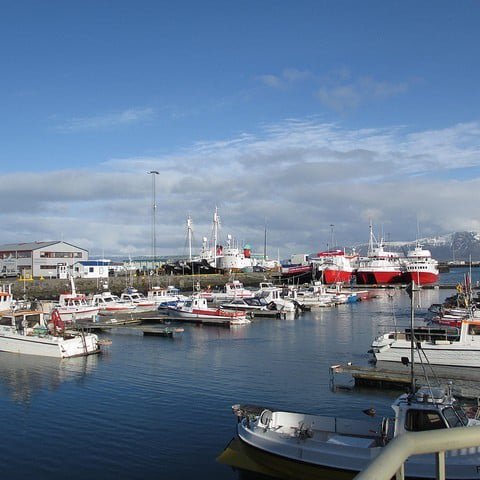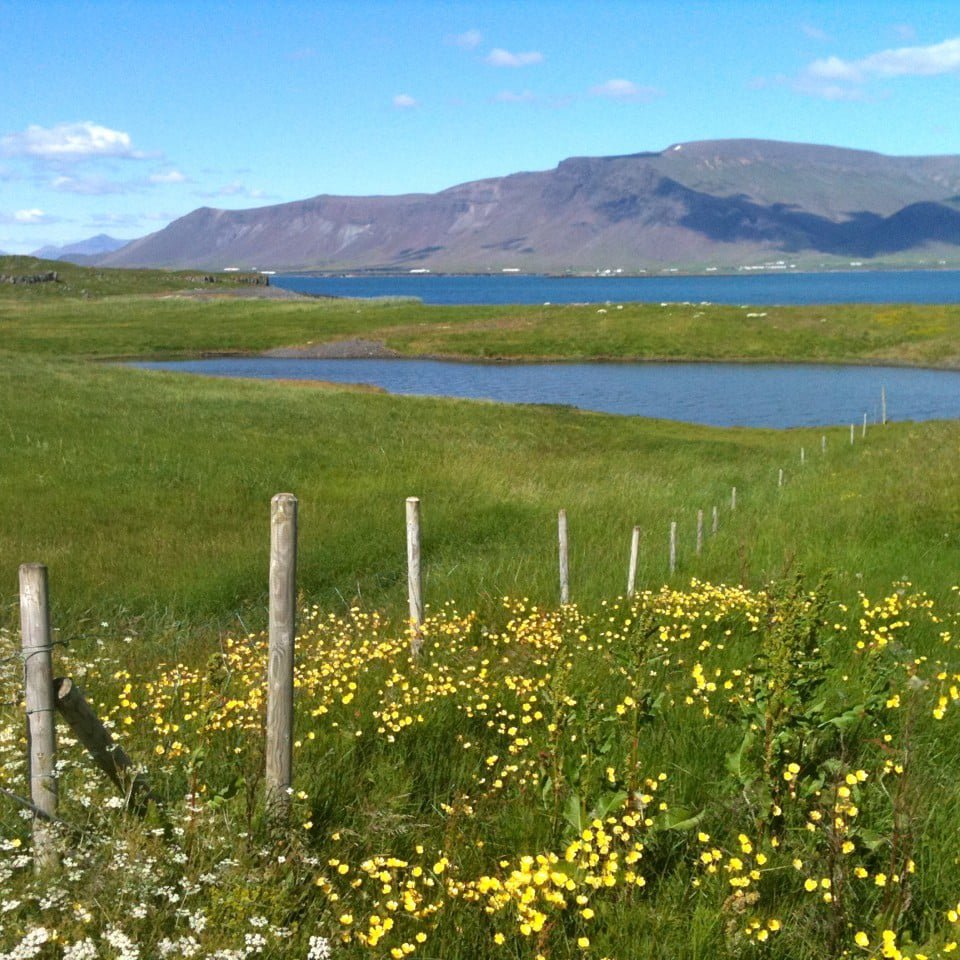Bizarre Foods of Iceland
Iceland was inhabited by Vikings as far back as the 9th century. And with a long, long history comes tradition and few traditions have lasted as long as the culinary practices of the Vikings of Iceland. And because the weather was rather unfavorable towards fruits and vegetables plants, the ancestors of the people of Iceland ate every kind of animal that they found or brought over on their ships and ate every last part of those animals. And we mean, every last part.
The following are just a few of the many foods that you, the tourist, will find in Iceland. Though some may not be your cup of tea, we can promise feelings of empowerment and world experience to the brave soul who is willing to give them a try:
Blood Pudding (Slátur): Also known as blood sausage. The casing of a sheeps stomach is cleaned out and in it goes, you guessed it, the sheep's blood, along with some other ingredients that can include oatmeal, sheeps fat, and chopped onions. The end result is a sausage-like meal. But try not to judge the Icelanders too much, almost every European country has their own take on this particular meal..
Sheeps Head (Svið): This meal probably doesnt need an explanation. But, yes, it involves eating a sheeps head, or at least all of the muscles associated with the head. This meal became popular in a time when it wasnt an option to let any part of the animal go to waste. Though it isnt necessary to eat the heads of sheep as often in modern times, it is a traditional dish that is brought out on special occasions. Consider yourself warned when you stop at the grocery store and see heads in the freezers...
Rotten Shark (Hákarl): Again, the description is in the name. This dish consists of eating the meat of the Greenland shark. But not fresh. The meat of the Greenland shark is poisonous when fresh. So what did the Vikings do? Stripped it down and hung it up to dry and, of course, rot for 4 to 5 months. This dish is served as part of a selection of traditional Icelandic foods, known as þorramatur, a seasonal plate of cultural foods consumed during the Nordic month of Þorri, January and February.
Newcomers to this particular treat will cringe at the thought of it and will, in fact, most likely gag when trying it for the first time, due to the high ammonia content and smell. But the meat is believed to make the consumer strong and gutsy and you will be respected for giving it a taste. Or you might be called crazy by your fellow tourists.
Pickled Rams Testicles (Hrútspungar): To keep with the theme of not ever letting anything go to waste, the Vikings used even the testicles of their animals. The testicles of rams are pressed into blocks, like cubes of cheese, and is either boiled and cured in lactic acid or pickled.This dish is not eaten as often and is another one of the foods of the þorramatur selection. But it has a strong historical significance to the Icelandic people, as they strive to stay connected to their ancestors and their traditions.
From Berjaya Hotels, offering 9 hotel locations around the country, including two in Reykjavik: Berjaya Reykjavik Marina Hotel and Berjaya Reykjavik Natura Hotel.






